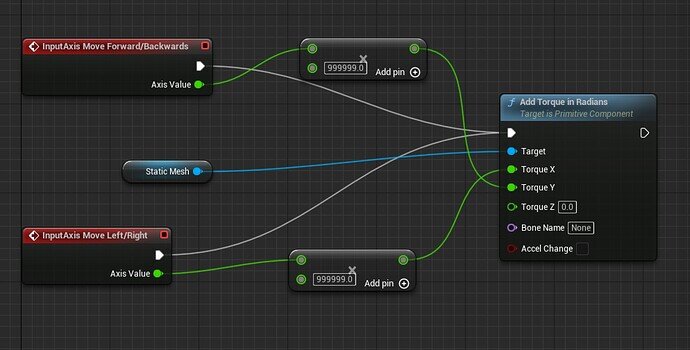Any particular reason why we would use individual instances for each input instead of just plugging in the Left right into “Torque x” and Forward/Backward into “Torque Y” (like the attached image)
Is it best practice for each event to have its own tree of blueprint values? I can imagine having 2 instances of “Add torque” allows you to tweak the output individually rather than as a whole (like in my image). Should I start using multiple instances, or is this something that you need to decide on per each case?
Coming from unity, having duplicate code/blueprints would be a bad practice down the line or referencing the same thing multiple times instead of caching it.
How should I think about this in Blueprints?


